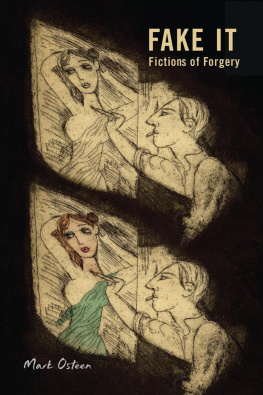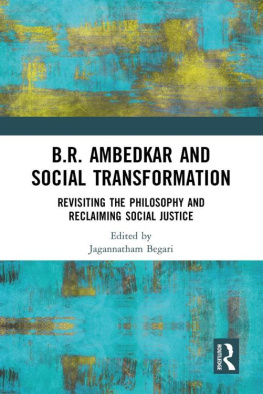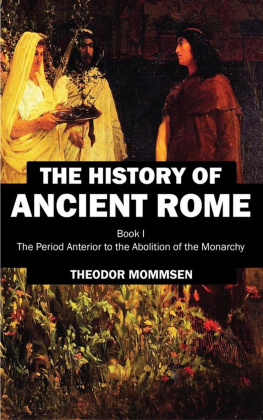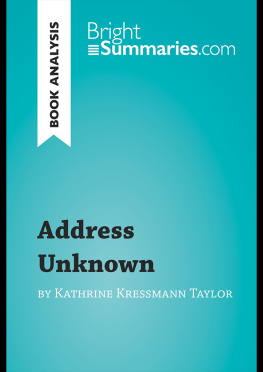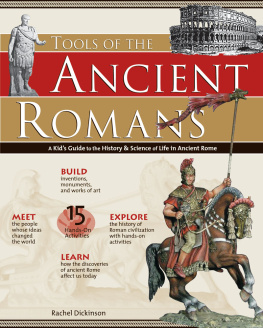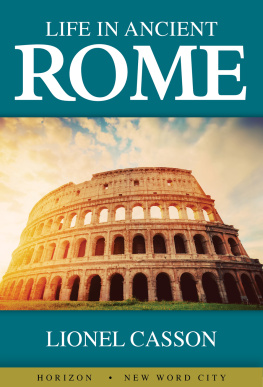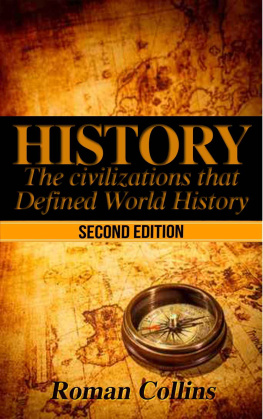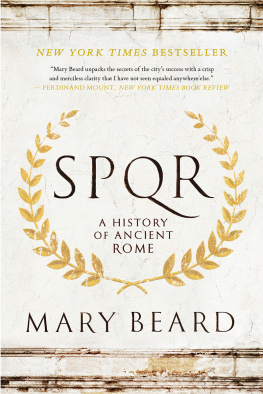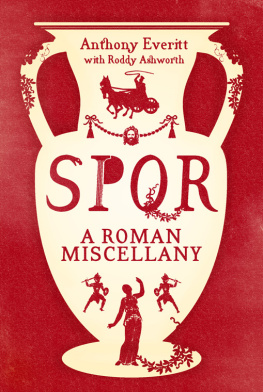Context
Cambridge University professor Mary Beard has a reputation for being a myth-buster, which is just a more exciting way of saying careful historian. As such, SPQR is concerned with getting the story of ancient Rome right and avoiding sensationalism. Her New York Times bestseller is built on a foundation of facts rather than thrilling biographies or breathtaking accounts of battles. Beards study is democratic: No one person or event is important in and of itself, only in how it relates to the story as a whole. The myths (including that of Romes founding by an abandoned set of twins adopted by a wolf) are included; the evidence is carefully weighed; and Beard suggests they be taken with a grain of salt.
Beard also draws unique and compelling parallels between the modern world and that of the Romans. Lawyer, philosopher, and politician Marcus Tullius Ciceros denunciation of Roman Senator Catiline and his followers (best known as the second Catilinarian conspiracy) mirrors the treatment of modern terrorists (or those simply suspected of being terrorists), while worries of cultural erasure plagued the Roman provinces as much as they linger today as the scars of imperialism. The result is an accurate and multi-dimensional take on the making of an empire.
Overview
Mary Beard takes her title from a famous Latin phrase, Senatus PopulusQue Romanus, meaning The Senate and People of Romea sunny view of Romes government that was, in fact, often ruled by dictators. SPQR spans the years from Romes foundation in the eighth century BCE to Emperor Caracalla granting full citizenship rights to those dwelling within the empire in 212 CE. During this period, Rome evolved from middling groups of clashing chieftains to a major world power through colonization and armed conflict abroad, all while managing civil wars and assassinations at home.
Major events are covered, from the Punic Wars to the murder of Julius Caesar, the fascinating career of Cicero, and the illustrious reign of Augustus, while also giving plenty of space to more ordinary concerns, such as the lifestyle of average Roman citizens, their jobs, recreations, and worries, as well as the (often abysmal) conditions for women, children, and slaves.
Additionally, Beard provides details of how the Roman government functioned and developed, how its elections were carried out, how the senate operated, and how the transition from republic to empire occurred. Her nuanced view provides new perspectives on the Catiline conspiracy, legislators and the significance of their laws, and the uniquely Roman tension between liberty and tyranny. She points out how historical events weighed on the psyche of the people, perpetuating certain anxieties and events that became themes due to their repetition, most notably the civil wars and assassinations of this time period.
Summary
Prologue: The History of Rome
In the prologue, Beard argues for the continued relevance of ancient Rome in contemporary Western society as the source of concepts such as liberty and citizenship, as well as imperialist conquest. She notes that historical scholarship is always in flux as new archaeological discoveries are made or reinterpreted. She explains why she chose to end SPQR in 212 CE with emperor Caracallas declaration of citizenship for all empire inhabitants, as this was the moment that struck down the boundaries between Rome itself and its foreign colonies. She also states her aim to reexamine the way Rome is commonly thought of in the public imagination, for it was more than a violent and aggressively unselfconscious superpower.
Chapter One: Ciceros Finest Hour
Beard begins the narrative but with a fundamental incident that provides vital context for understanding Roman politics. It is the 63 BCE coup organized by Lucius Sergius Catiline to overthrow the government and abolish debt. Consul Marcus Tullius Cicerohearing of the plot from an informercame before the senate to argue for action in a series of speeches called Against Catiline that are still widely read today.
Though it is difficult to definitively pinpoint Catilines exact motivationsmost of the available source material on the coup was written by Ciceroit is known that Catiline was embittered by a loss to Cicero in the 64 and 63 BCE consul elections. Ciceros documents are generally the most abundant and reliable resource for Roman scholarship, though they tend to be colored by their authors vanity and inflated sense of self.
After Cicero spoke to the senate, Catilines accomplices were arrested and executed without trial. Catiline was killed in a clash with Roman military. Five years later, Ciceros execution of the Catiline conspirators was deemed excessive and he was exiled to Greece. This incident mirrors treatment of individuals suspected of terrorism in the modern world who are regularly stripped of their basic civil rights and punished without sufficient evidence.
Beard points out that this traditional view of the incident fails to take into account the fact that, at the time of the attempted coup, income inequality was rampant, and those in debt could hardly afford to eat. Catiline and his followers had legitimate grievances. Cicero may have also exaggerated the severity of their plot to make himself appear heroic.
Need to Know: The Catiline conspiracy is a distinctively Roman story of the eloquent statesman versus the ambitious would-be usurper, featuring shady machinations, grand speeches, open rebellion, and, of course, executions.
Chapter Two: In the Beginning
The most well-known story of Romes founding comes to us from the historian Titus Livius, or Livy. Twin brothers Romulus and Remus were born to a virgin priestess whose father ordered the boys to be drowned immediately after their birth. They survived, were adopted and suckled by a wolf, and went on to found Rome, after which Romulus promptly murdered his brother over a land dispute.










